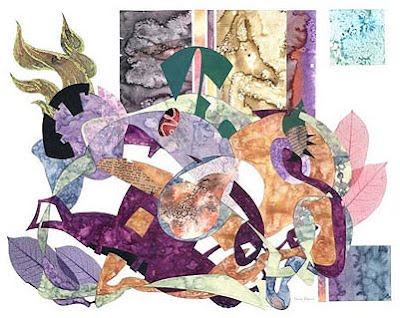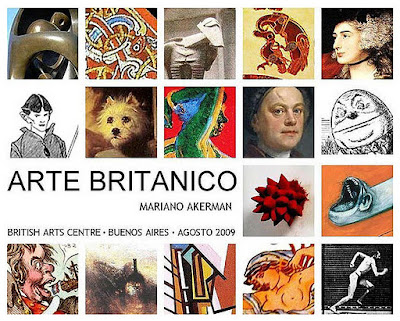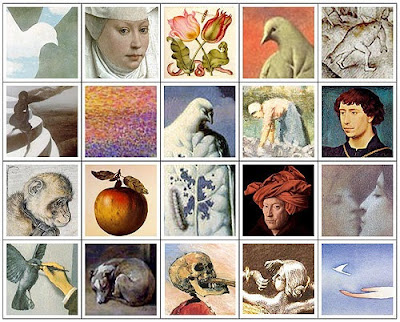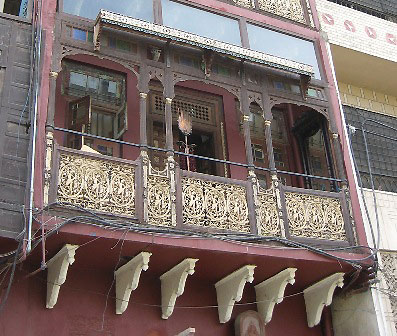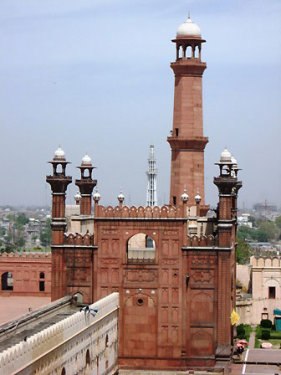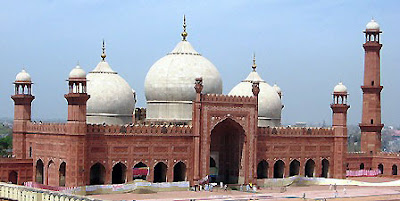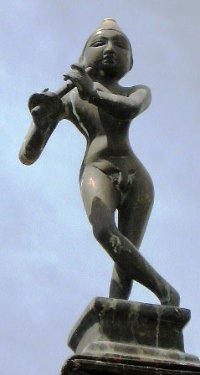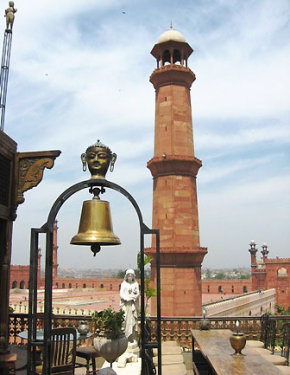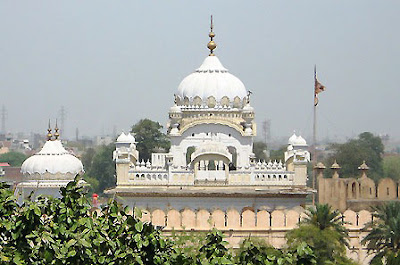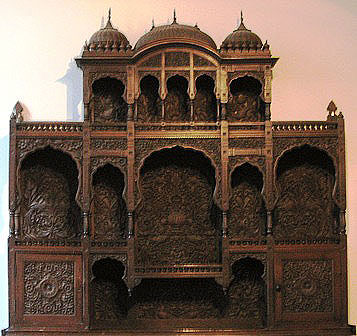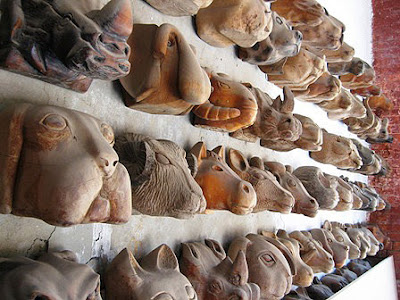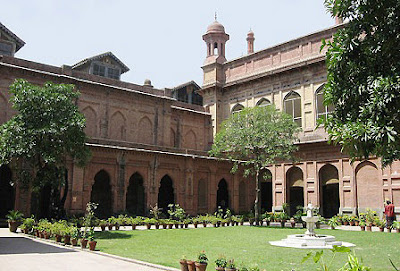Mariano Akerman (Argentina, 1963- ), Motivo amerindio, composición digital, versión azul y blanca, Ultramar 2009 © MAC.
• Recursos relacionados - imaginería, escritos y recopilaciones de Mariano Akerman en Internet • Rumbo al Bicentenario: ¿Todo es Igual? • Arte Argentino en Contexto • Celebrando el Bicentenario de Argentina • Museo Nacional de Bellas Artes, Argentina • Musée national des Beaux-Arts d'Argentine • El mismo orden • A la que te criaste • Terminología un tanto obsoleta • Inscripciones en los carros • Anglicismos e Identidad • La eñe también es gente • ñañosa la eÑe • Guarda la lengua • Arte Argentino • Elisa Akerman • De la mímesis como problema • Carlos Nine • Fontanarrosa • Quino • Chachi Verona • Arte grotesco: algunos de sus alcances • Bien complejo y bien porteño • El firulete • The Creole Arabesque • Banham y la estética del colectivo porteño • Porteño el Filete • Elvio Gervasi y su Porteño Filetear • Planta-Cisne • Puente sobre aguas turbulentas • Obra plástica de Mariano Akerman • Reflexiones ultramarinas • El ser y el trabajo • Perfil completo

Akerman, El cielo enrulado, composición digital, Ultramar 2005 © MAC
• Celebraciones del Bicentenario de la Nación Argentina en Ultramar, 2010
• Recursos relacionados - imaginería, escritos y recopilaciones de Mariano Akerman en Internet • Rumbo al Bicentenario: ¿Todo es Igual? • Arte Argentino en Contexto • Celebrando el Bicentenario de Argentina • Museo Nacional de Bellas Artes, Argentina • Musée national des Beaux-Arts d'Argentine • El mismo orden • A la que te criaste • Terminología un tanto obsoleta • Inscripciones en los carros • Anglicismos e Identidad • La eñe también es gente • ñañosa la eÑe • Guarda la lengua • Arte Argentino • Elisa Akerman • De la mímesis como problema • Carlos Nine • Fontanarrosa • Quino • Chachi Verona • Arte grotesco: algunos de sus alcances • Bien complejo y bien porteño • El firulete • The Creole Arabesque • Banham y la estética del colectivo porteño • Porteño el Filete • Elvio Gervasi y su Porteño Filetear • Planta-Cisne • Puente sobre aguas turbulentas • Obra plástica de Mariano Akerman • Reflexiones ultramarinas • El ser y el trabajo • Perfil completo

Akerman, El cielo enrulado, composición digital, Ultramar 2005 © MAC
• Celebraciones del Bicentenario de la Nación Argentina en Ultramar, 2010

